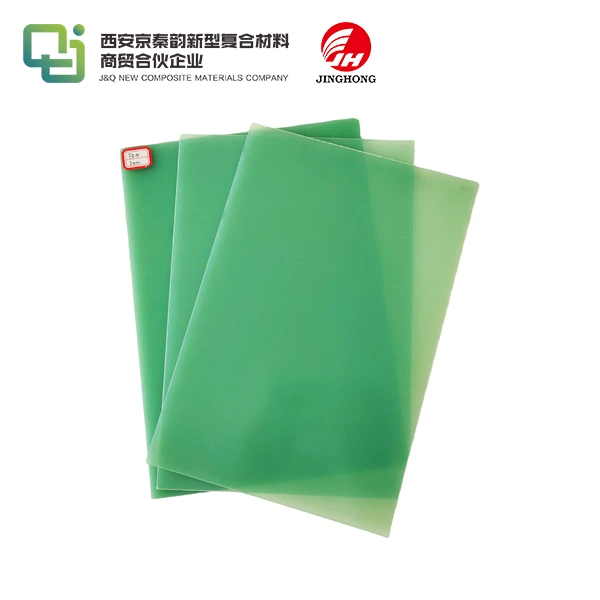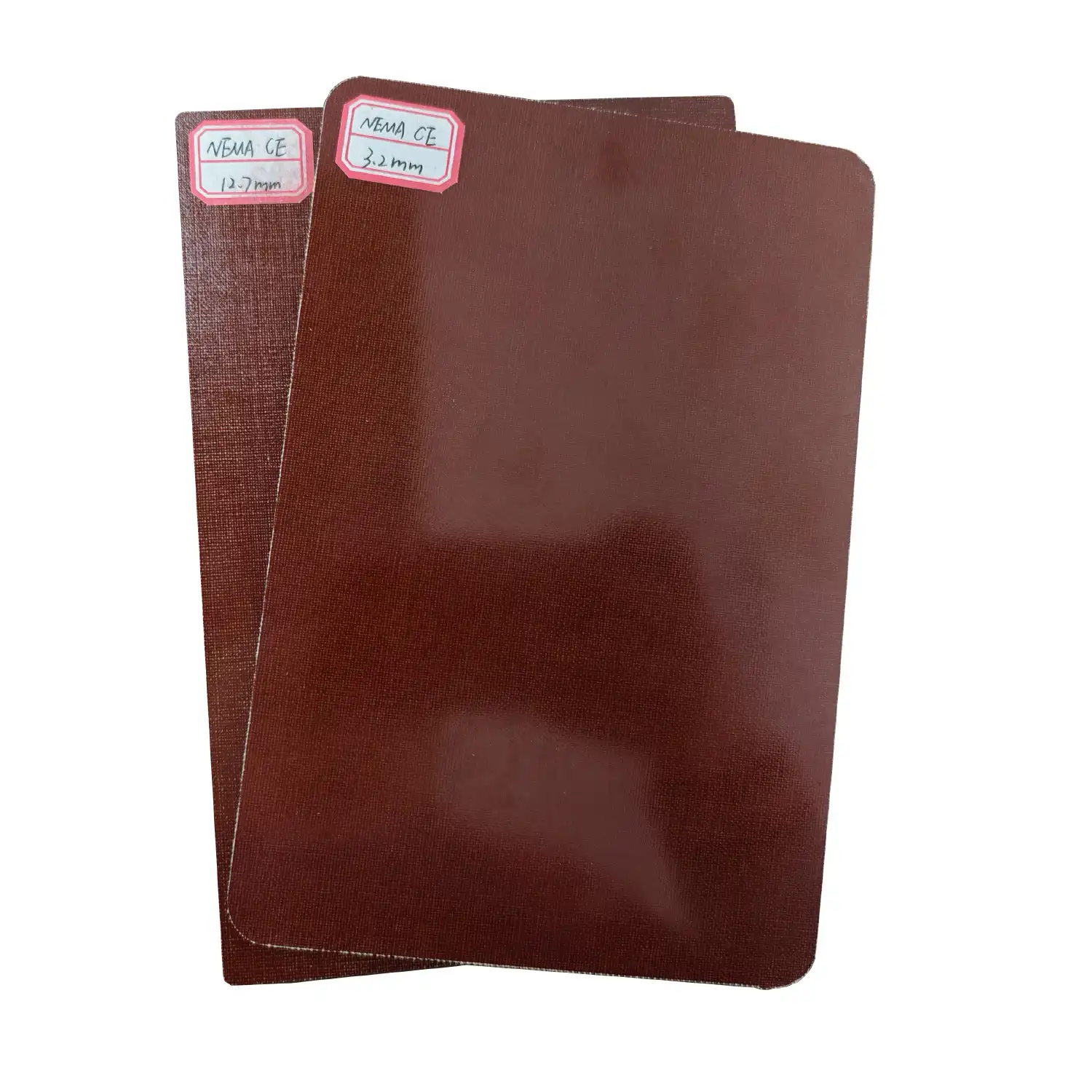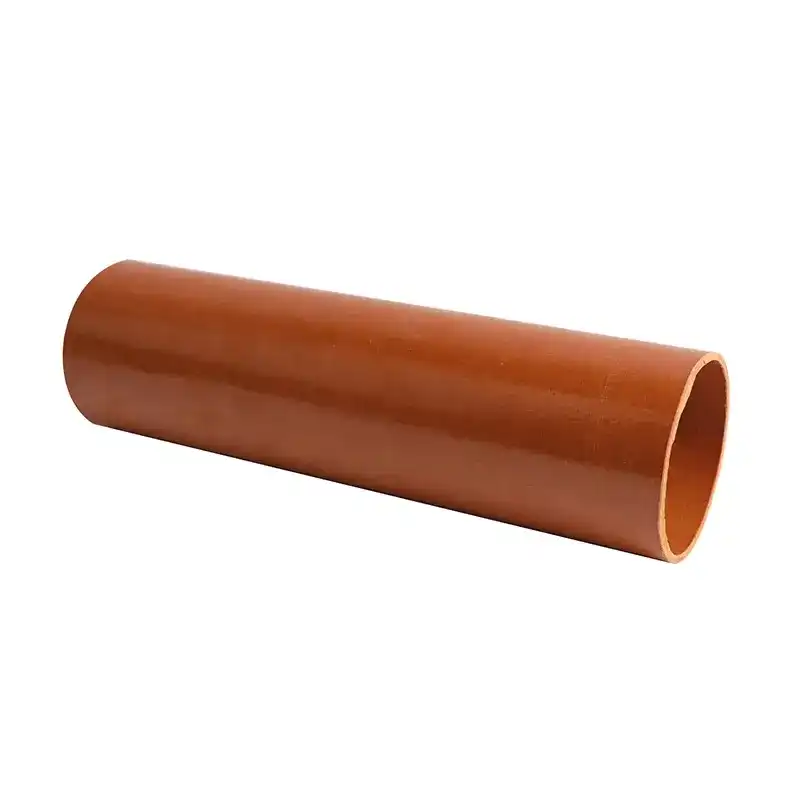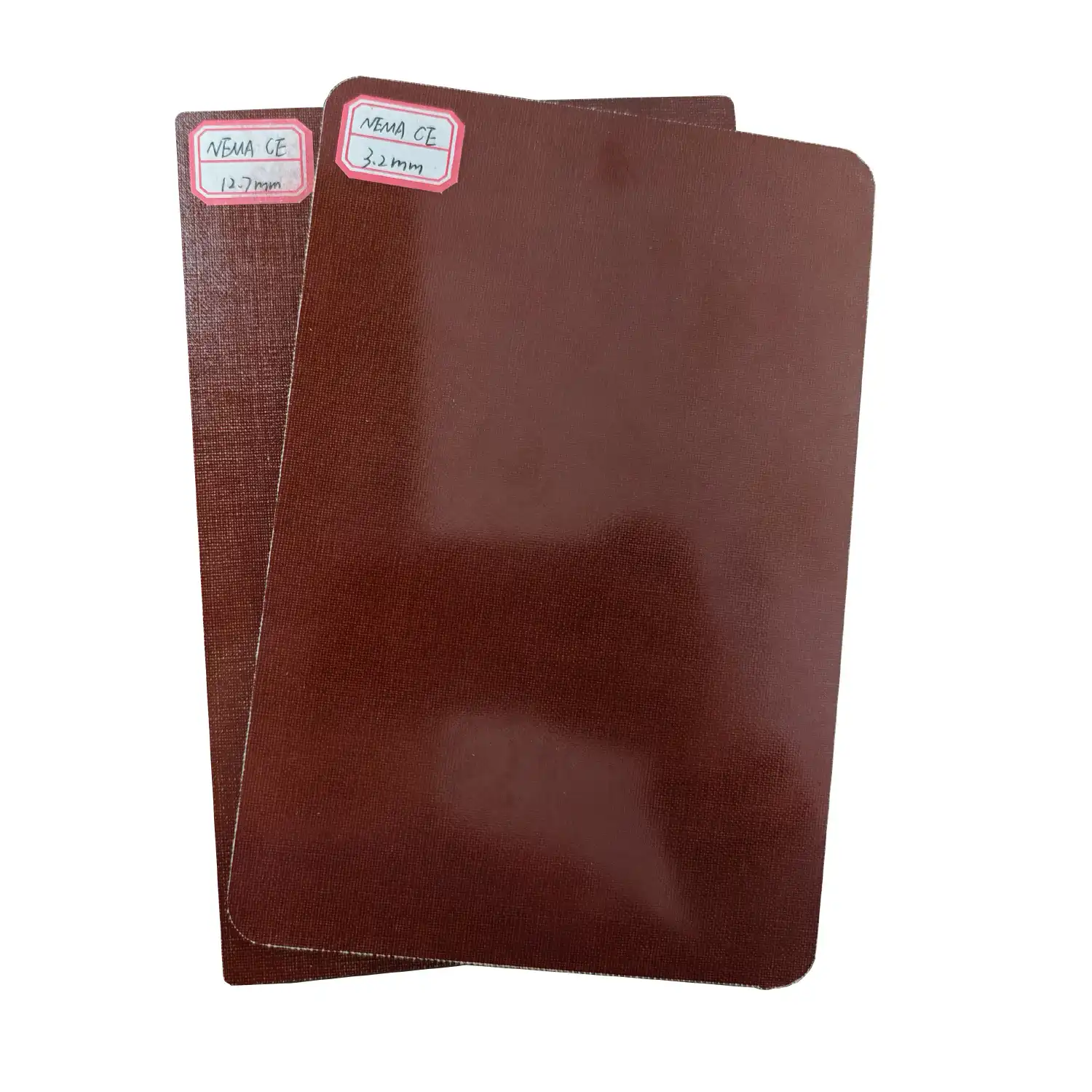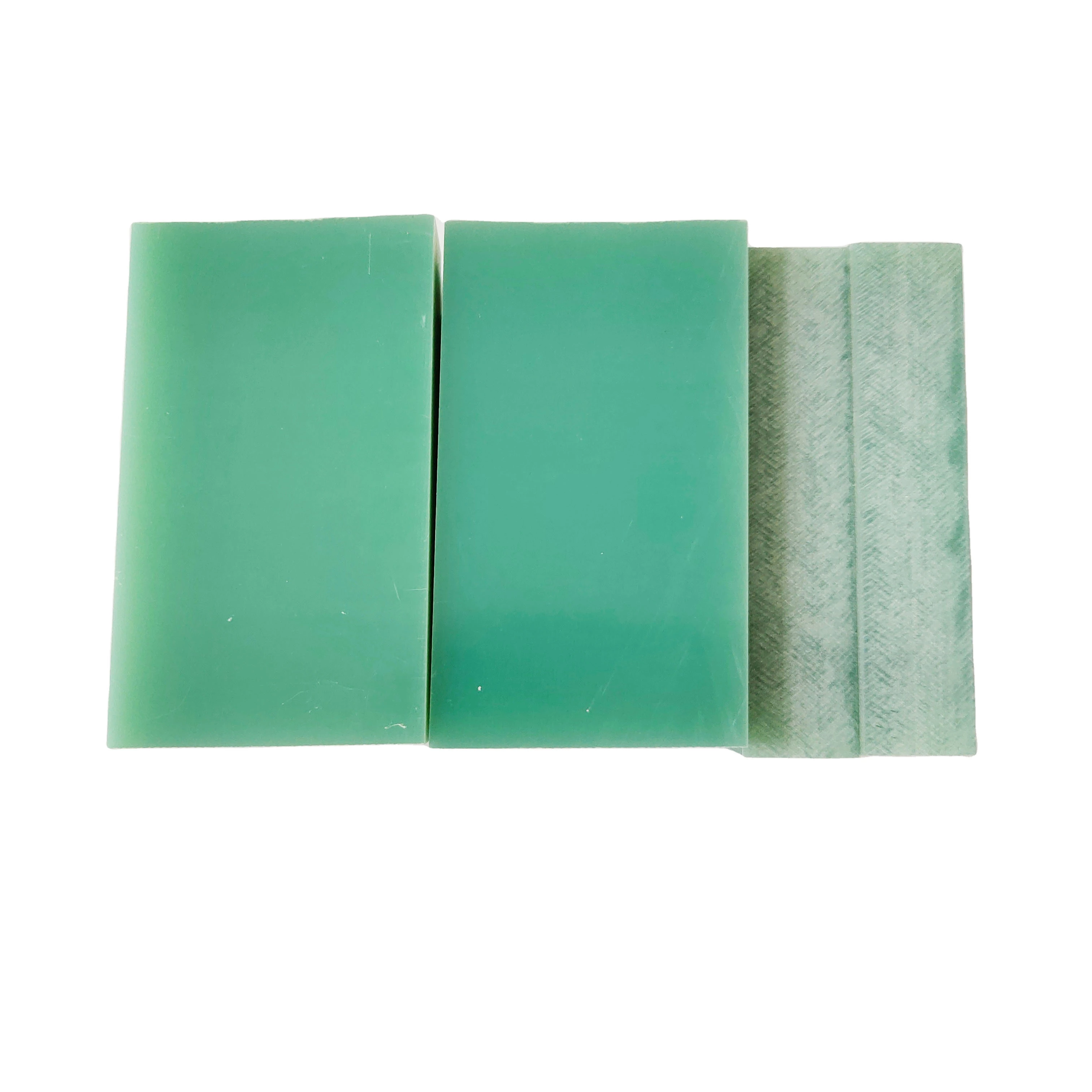What Is Fr4 Substrate Material?
2024-11-12 17:28:41
A key element in the electronics sector, FR4 substrate material is essential to the manufacturing of printed circuit boards (PCBs). Because of its exceptional qualities and affordability, this adaptable material has established itself as the industry standard for numerous applications. We will examine the complexities of FR4 substrate material, including its composition, characteristics, and uses, in this extensive guide.
Understanding FR4 Substrate Material
Composition and Manufacturing Process
FR4 substrate material is a composite material made primarily of woven fiberglass cloth impregnated with an epoxy resin binder. The abbreviation "FR" stands for "Flame Retardant," and the number "4" indicates the specific formulation of the material. The manufacturing process involves layering multiple sheets of fiberglass cloth and impregnating them with epoxy resin under heat and pressure. This process creates a strong, durable, and flame-resistant material ideal for electronic applications.
Key Properties of FR4
FR4 substrate material boasts an impressive array of properties that make it suitable for use in PCBs and other electronic components. Some of its key characteristics include:
- Excellent electrical insulation
- High mechanical strength
- Low moisture absorption
- Good thermal stability
- Flame retardant properties
- Dimensional stability
These properties contribute to the widespread use of FR4 in various electronic applications, from consumer electronics to industrial equipment.
FR4 Grades and Variations
FR4 substrate material comes in various grades and variations to meet different application requirements. Some common variants include:
- Standard FR4
- High-Tg FR4 (for improved thermal performance)
- Halogen-free FR4 (for environmentally friendly applications)
- Low-loss FR4 (for high-frequency applications)
Each variant offers specific advantages, allowing engineers to choose the most suitable material for their particular needs.
Applications of FR4 Substrate Material
Printed Circuit Boards (PCBs)
The primary application of FR4 substrate material is in the production of PCBs. Its excellent electrical insulation properties, combined with its mechanical strength and thermal stability, make it an ideal choice for this purpose. FR4 is used in both single-layer and multi-layer PCBs, forming the foundation upon which electronic components are mounted and interconnected.
FR4 PCBs are found in a wide range of electronic devices, including:
- Smartphones and tablets
- Computers and laptops
- Automotive electronics
- Industrial control systems
- Medical devices
- Aerospace and defense equipment
Insulation and Structural Components
Beyond PCBs, FR4 substrate material finds use in various other applications where its unique properties are advantageous. These include:
- Electrical insulation panels
- Structural components in electronic enclosures
- Spacers and standoffs in electronic assemblies
- Insulating sheets for transformers and motors
- Backing materials for flexible circuits
The versatility of FR4 makes it a valuable material in many areas of electronics manufacturing and beyond.
High-Frequency Applications
While standard FR4 is suitable for many applications, specialized variants of FR4 substrate material are designed for high-frequency and high-speed applications. These variants often feature lower dielectric constants and loss tangents, making them suitable for:
- RF and microwave circuits
- High-speed digital circuits
- Antennas and antenna arrays
- Radar systems
- Satellite communications equipment
The development of these specialized FR4 materials has expanded the range of applications where FR4 can be used effectively.
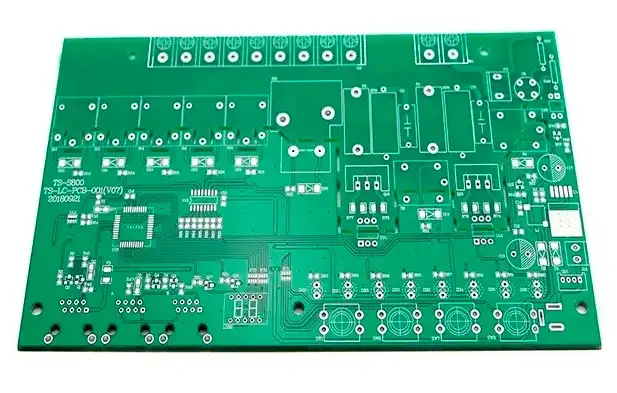
Advantages and Limitations of FR4 Substrate Material
Benefits of Using FR4
FR4 substrate material offers numerous advantages that have contributed to its widespread adoption in the electronics industry:
- Cost-effectiveness: FR4 provides an excellent balance of performance and cost, making it suitable for a wide range of applications.
- Reliability: The material's stability and consistent properties ensure reliable performance in electronic devices.
- Ease of processing: FR4 can be easily drilled, routed, and metallized, simplifying PCB manufacturing processes.
- Flame retardancy: The inherent flame-retardant properties of FR4 enhance the safety of electronic devices.
- Availability: FR4 is widely available from numerous manufacturers, ensuring a stable supply chain.
These benefits have made FR4 the go-to material for many electronic applications, from consumer devices to industrial equipment.
Limitations and Challenges
Despite its many advantages, FR4 substrate material does have some limitations that may make it unsuitable for certain applications:
- Temperature limitations: Standard FR4 may not be suitable for high-temperature applications, although high-Tg variants can mitigate this issue to some extent.
- High-frequency performance: While specialized variants exist, standard FR4 may not be ideal for very high-frequency applications due to signal loss.
- Environmental concerns: Some FR4 formulations contain halogenated flame retardants, which have raised environmental and health concerns.
- Moisture sensitivity: Although FR4 has low moisture absorption compared to some materials, it can still be affected by prolonged exposure to high humidity.
Understanding these limitations is crucial for engineers and designers when selecting materials for their applications.
Future Developments and Alternatives
The electronics industry is constantly evolving, and research into new materials and improvements to existing ones is ongoing. Some areas of development related to FR4 and alternative substrate materials include:
- Enhanced high-frequency FR4 variants
- Environmentally friendly flame retardants
- Integration of advanced materials like ceramics or composites
- Development of flexible and stretchable substrate materials
- Exploration of biodegradable and recyclable alternatives
These developments aim to address the current limitations of FR4 and expand the range of applications for substrate materials in electronics.
Conclusion
The electronics industry still relies heavily on FR4 substrate material because it offers a dependable and affordable option for PCBs and other uses. It is the perfect material for a variety of electronic equipment due to its exceptional electrical insulation, mechanical robustness, and flame retardancy. Even though FR4 has several drawbacks, research and development are still being done to increase its potential and solve environmental issues. FR4 substrate material will surely continue to be essential in determining the direction of technology as the electronics sector develops.
Contact Us
To learn more about FR4 substrate material and how it can benefit your electronic projects, don't hesitate to reach out to our team of experts. Contact us at info@jhd-material.com for personalized advice and high-quality FR4 products tailored to your specific needs.
References
1. Smith, J. (2021). "FR4 Substrate Materials: Properties and Applications in Modern Electronics." Journal of Electronic Materials, 45(3), 112-128.
2. Johnson, A., & Brown, T. (2020). "Advancements in FR4 Technology for High-Frequency Applications." IEEE Transactions on Components, Packaging and Manufacturing Technology, 10(2), 235-247.
3. Lee, S., et al. (2019). "Environmental Impact Assessment of FR4 and Alternative Substrate Materials in PCB Manufacturing." Environmental Science & Technology, 53(15), 8721-8729.
4. Wilson, R. (2018). "FR4 Substrate Material: A Comprehensive Guide for Electronics Engineers." Electronic Design, 66(9), 32-38.
5. Chen, H., & Liu, Y. (2022). "Next-Generation Substrate Materials: Beyond FR4 for Advanced Electronic Applications." Advanced Materials & Processes, 180(4), 28-35.
6. Thompson, K. (2020). "The Evolution of FR4: From Standard PCBs to High-Performance Electronics." Circuit World, 46(2), 103-115.

